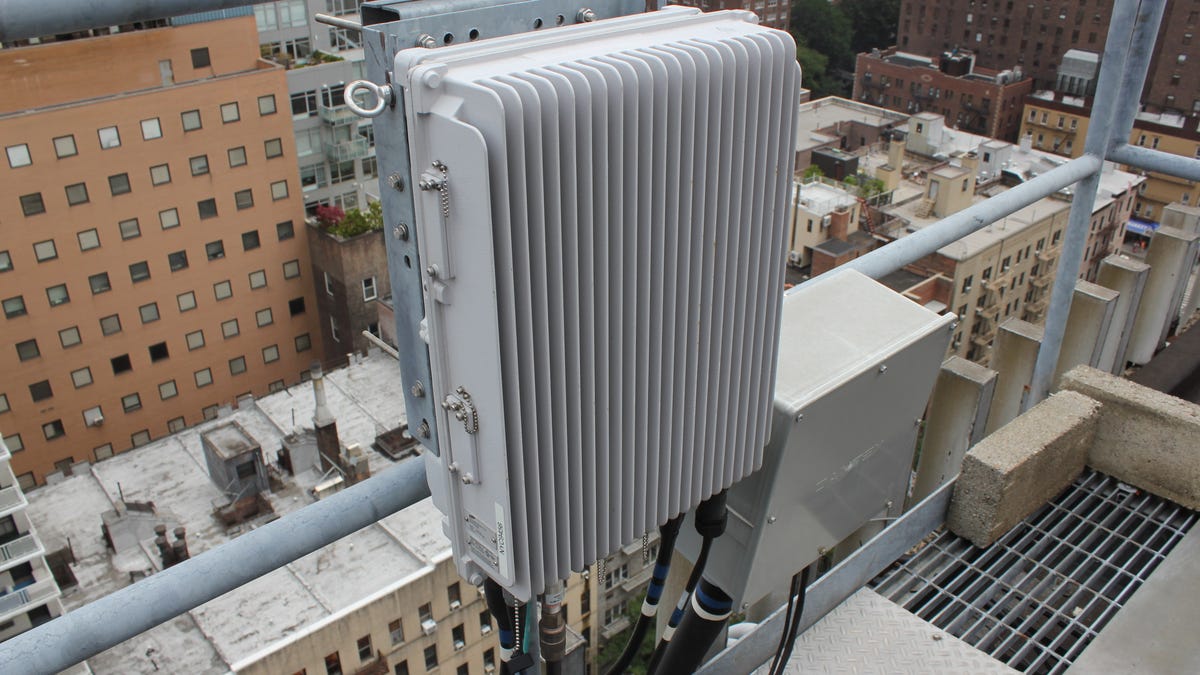Sprint adds 34 new LTE markets, brings total to 185
The company is still well behind Verizon and AT&T, but is showing some progress as it attempts to narrow the gap between itself and the big two.

Sprint said Monday that it has lit up an additional 34 cities with 4G LTE as it looks to play catch-up with larger rivals AT&T and Verizon Wireless.
The company has covered a total of 185 markets in the faster cellular network, but still lags far behind the big two carriers. Verizon has covered more than 500 markets, and is nearly done with its deployment, while AT&T is hovering around 400 markets.
Sprint has been hurt by its slower deployment at a time when the wireless carriers are emphasizing network speed and coverage and their main selling points. The company had been distracted by merger and acquisition drama as it looked to wrap up the now completed takeover by Japanese carrier SoftBank, as well as taking full control of 4G provider Clearwire. At the same time, it had been in the midst of shutting down its older Nextel network.
Sprint customers in particular have felt the pain because of the company's decision to drop Clearwire's older 4G WiMax network and rely solely on its own 3G and 4G LTE networks. That's meant that for now a vast majority of its customers remain stuck on the slower 3G networks.
And that has left Sprint open to rivals looking to poach customers who want faster service. Even T-Mobile, which was late in getting its 4G LTE network off the ground, offers a faster non-LTE network in its HSPA+ service. For the most part, Sprint customers have stuck with the service because of the unlimited data plan and lower price.
CNET reported that Sprint will also unveil its own early upgrade program, which will include monthly installments on smartphones and tablets and a discount on the service.
See also: Why Sprint is taking its sweet time with 4G LTE
Sprint has had more issues than its rivals in certain markets. While Sprint touts big markets such as Los Angeles and Houston, other key markets such as New York and San Francisco remain dark. In New York, Sprint has managed to fully light up Brooklyn and Bronx, two of the five boroughs that make up the city.
The following are the new LTE markets for Sprint:
Alexandria, La.
Allegan, Mich.
Amarillo, Texas
Anniston/Oxford, Ala.
Bay City, Mich.
Beaumont/Port Arthur, Texas
Bedford, Pa.
Corpus Christi, Texas
Del Rio, Texas
Enid, Okla.
Fort Atkinson, Wis.
Greenville, Miss.
Houma/Bayou Cane/Thibodaux, La.
Juniata and Mifflin counties, Pa.
Kinston, N.C.
Lake Charles, La.
Lawton, Okla.
Longview, Texas
Lufkin, Texas
Lumberton, N.C.
Macon, Ga.
Marshfield/Wisconsin Rapids, Wis.
Midland, Texas
Monroe, Mich.
Montgomery, Ala.
Muskogee, Okla.
Oklahoma City
Ruston, La.
Salem, Ore.
San Angelo, Texas
Sheboygan, Wis.
Stillwater, Okla.
Victoria, Texas
Whitewater, Wis.

